The Optical Tube’s Performance

The Orion XT6 is a 6” (152mm) reflector with a focal length of 1178 mm and focal ratio of f/7.8, approximating a common standard of telescopes for the past century.
The reason 6” f/8 reflector telescopes have been so ubiquitous and are considered as perhaps the perfect beginner’s telescope is that they simply work well. A 6” f/8 parabolic primary mirror is very easy to make, and the optical tube’s 48” length makes it fairly portable while keeping the eyepiece at a comfortable height to look through. Lastly, at a high focal ratio of f/8, there’s no need to worry about ultra-precise collimation or the optical aberrations that could’ve happened when using inexpensive eyepieces.
As with the bigger SkyQuest XT8, the SkyQuest XT6 uses plate glass as primary mirror material, not the BK7 or Pyrex that I’ve found being used in many other full-sized Dobsonians. But at sizes like 6″, I’ve also noticed that the difference in glass substrate has only negligible impact on the telescope mirror’s cooldown time.
The XT6 can be easily collimated, though adjusting the secondary mirror does require tools—namely, a small hex/Allen key. However, you’re unlikely to need to align the secondary mirror very often or at all.
The newest incarnation of the XT6 finally sports a 2” focuser and an all-metal Crayford unit at that. It uses a brass compression ring to grip your eyepieces, as does the 1.25” adapter for the 2″ focuser, which also has T threads for installing a DSLR camera.
I also like that the secondary mirror of the telescope is big enough (1.5” diameter) to fully illuminate the field of view of a low-power, wide-angle 2” eyepiece, unlike the smaller secondary mirrors I’ve seen in most other 6” f/8 Dobsonians. However, if wide views are what you’re looking for, a 6” f/5 tabletop scope will provide a wider field of view at a similar cost, even with the limitations of the 1.25” focusers typically found on these tabletop models.
The Adequate Set of XT6’s Included Accessories
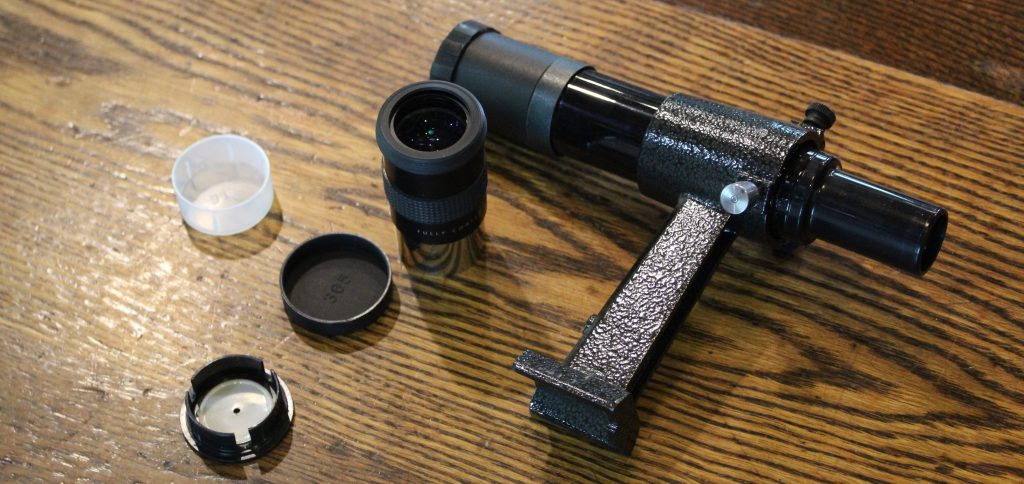
The XT6 comes with a single eyepiece—a 25mm Plossl providing 47x magnification. While nice, you do need a high-power eyepiece or two to get the most out of the telescope, which is, of course, an additional investment you should factor into your budget.
The included red dot finder works adequately, but a 9×50 finderscope or Telrad is a vastly better choice if you plan on doing much deep-sky observing. However, either is going to cost you some money that could also go towards another eyepiece.
A smartphone adapter is included with the XT6, which is great for taking photos of the Moon. With some practice, imaging some planetary detail with a high-magnification eyepiece is possible, though inferior to a dedicated planetary camera. However, a smartphone is much better for taking pictures through the XT6 than a DSLR is—and easier to use, too.
Lastly, the XT6 includes a collimation cap, which is really all you need to collimate this telescope. Our collimation guide explains in detail how to use one.
The Sturdy Dobsonian Mount
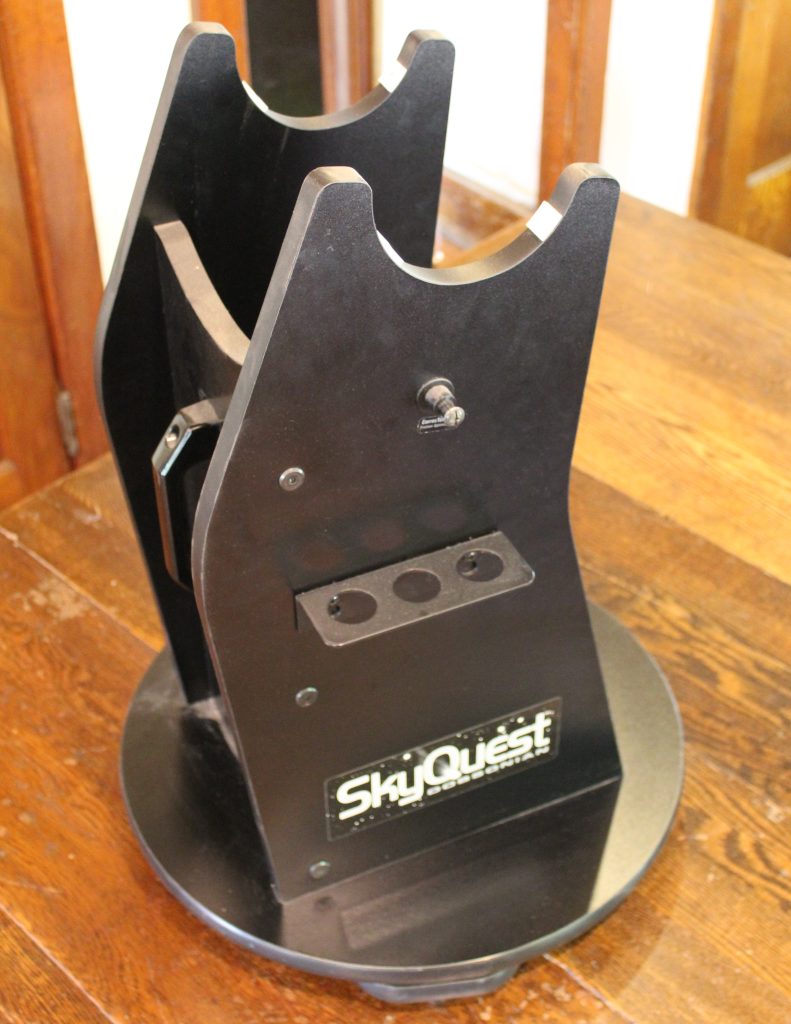
The XT6 uses a fairly standard Dobsonian mount with plastic altitude bearings supported by Orion’s spring tensioning system, which prevents the scope from swinging around the sky when you swap out eyepieces or use heavy accessories on the front of the scope that would otherwise cause its balance point to shift.
Besides attaching the springs, there is no additional setup required for the mount; just plop the scope on, attach the springs to their holders on the base and you’re ready to go.
Like almost all Dobsonians, there are no clutches or slow-motion controls—just grab the tube and swing it around the sky.
The XT6’s base is made from particleboard overlaid with melamine. Not only is it heavy, but if the melamine is damaged, the whole thing will quickly warp and rot. Thankfully, you can easily make your own base out of ¾” plywood or buy one from a third party should this ever become an issue. However, provided you take care of it and don’t mind the weight, I believe the stock base is just fine and conveniently assembles out of the box in just a couple of minutes with the included Allen key and screws.
Buying a Used SkyQuest XT6
There are XT6 units floating around that are close to 20 years old now. Older ones have a 6×30 finder, which is nearly useless, and a metal focuser that is arguably superior to the current one, but otherwise there have been no changes. Very old units have a sturdy metal 1.25” rack-and-pinion focuser; scopes made from around 2007–2021 have plastic 1.25” focusers, which are easily damaged. However, they all have good optics.
Provided the mirror coatings are in good condition, there is little to go wrong with a used one.
If the base is damaged or missing, it can easily be replaced with a homemade plywood one that requires just a few tools.
Alternative Recommendations
The Orion SkyQuest XT6 is certainly one of the best scopes available in its price range, and there is no better full sized 6″ dobsonian. However, you may want to consider a more compact tabletop Dobsonian or a larger 8-10” scope instead.
Under $500
- Computerized Dobsonian Scope: The Sky-Watcher Virtuoso GTi 150P offers similar performance to the SkyQuest XT6 at a similar price, but it’s far more compact thanks to its tabletop design and collapsible tube, while the scope’s WiFi-controlled GoTo makes it extremely easy to locate targets as well as providing motorized tracking.
- Manual Dobsonian Scope:The Sky-Watcher Heritage 150P is identical to the Virtuoso GTi 150P apart from its lack of motors or other electronics, and is a great budget-friendly option for a 6” telescope. Apertura AD6, introduced in early 2023, is currently the best full-standing dobsonian.
$500-$800
- Manual Dobsonian Scope: The Apertura AD8/Zhumell Z8/Orion SkyLine 8 offers nearly double the light gathering power of the Orion SkyQuest XT6 and similar 6” Dobsonians but is hardly any heavier or bulkier. It also sports features such as a dual-speed Crayford focuser, built-in fan, and numerous high-quality provided accessories to get you started. The AD10/Z10 is hardly any more bulky and an equally great choice.
What can you see?
Even from the suburbs, a 6” telescope can be an absolute powerhouse.
Neptune’s moon Triton can be spotted, Saturn’s bands, Cassini Division, and several moons are easy, and Jupiter’s moons become disks rather than pinpoints. The smallest craters on the Moon visible are around a mile in size. Mars at opposition shows several dark markings and its ice cap.
Under dark skies, M51’s spiral arms can be seen, along with several hundred other galaxies—a few dozen of which display considerable structure. But keep in mind that for deep-sky objects, your skies will be the limiting factor of what you can see. If you can’t see the Milky Way with your naked eye, galaxies are likely to be quite disappointing in the XT6, as only their oval centers are bright enough to be seen through strong light pollution.
Globular clusters and open star clusters are, thankfully, significantly less affected but still somewhat affected by light pollution.
The Orion Nebula begins to show a slight greenish coloring with a 6”, and globular clusters are somewhat resolvable.
Many planetary nebulae, some showing a slight greenish or bluish tint, can be spotted.

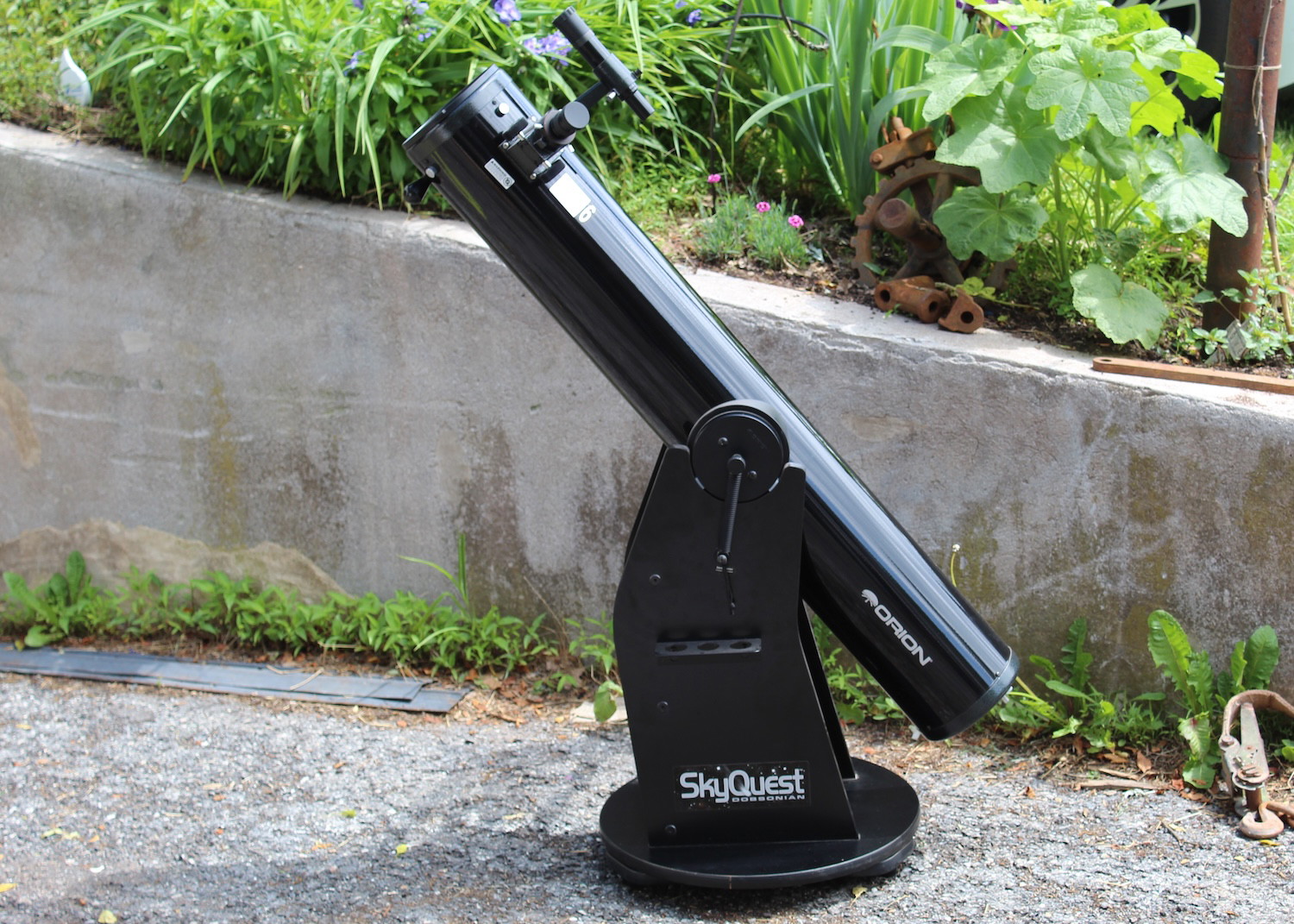
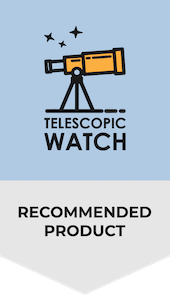
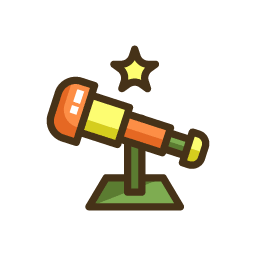
I really appreciate your sincere advise, I am going to be more cautious now before making a choice.
Thank you very much,
George
The Orion SkyQuest XT6 is a great bargain bang for the buck yes it should include a 10mm e.p. and barlow2X and a finderscope also I wish all Dobsonian mounts had Alt azimuth markings or somebody should make kits available.
where can i find the collimation eye cap instructions mentioned in this review?